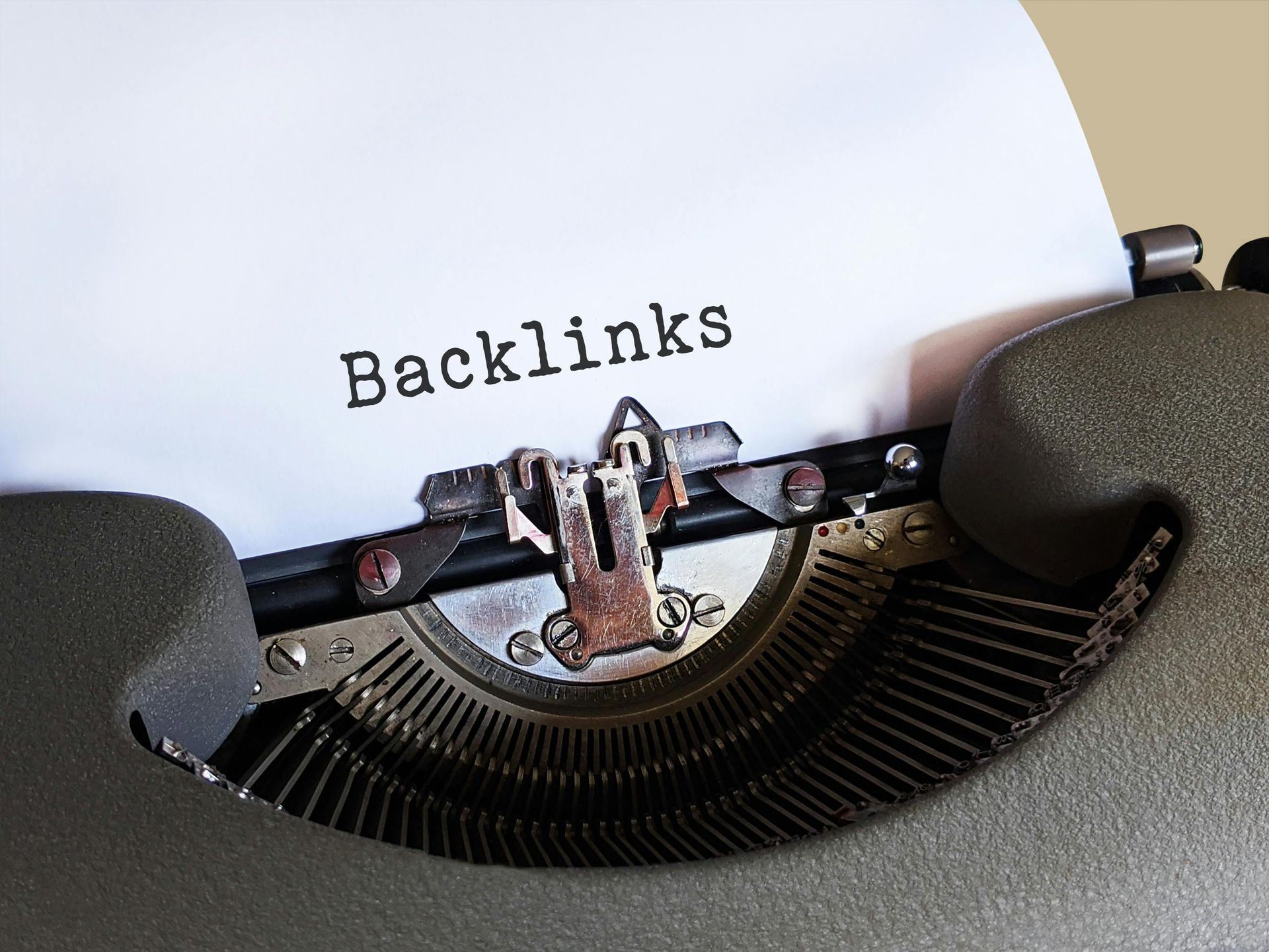
What does (ROI) really mean or any of the marketing terms?
What Do All the Marketing Terms Like ROI or CPC Mean and Why You Need to Know Them
Let’s face it—marketing can feel like stepping into a whole new world filled with jargon and acronyms that might leave you scratching your head. You’ve probably heard terms like ROI, CPC, CTR, and SEO thrown around, but what do they really mean? And more importantly, why should you care if you’re running a service-based business in Salt Lake City or anywhere else?
Understanding these terms can make or break your marketing efforts, especially if you’re investing in online advertising or working with a marketing agency like Bear Byte Studios. Let’s break down the most important marketing terms, explain why they’re relevant, and show you how they directly impact your business, whether you’re an HVAC company in Salt Lake or a local electrician.
ROI (Return on Investment)
What Is ROI?
ROI (Return on Investment) is a term you’ll hear in just about every discussion around business and marketing. It measures the return you’re getting on the money you’ve invested in your marketing efforts. In other words, how much revenue are you bringing in compared to how much you’re spending?
Why It’s Important
For service-based businesses in the Salt Lake City area, understanding your ROI is key to making smart decisions about where to allocate your marketing budget. You don’t want to throw money at a campaign if it’s not generating more revenue than you’re spending.
Bear Byte Studios Example
One of our local clients, a plumbing company in Salt Lake City, was spending a significant amount on digital ads but wasn’t sure if the investment was paying off. After we helped them calculate their ROI, they realized that one particular campaign was delivering a fantastic return, while another was underperforming. This insight allowed them to focus their budget on the more profitable campaign, improving their overall results.
CPC (Cost Per Click)
What Is CPC?
CPC (Cost Per Click) refers to how much you’re paying each time someone clicks on one of your online ads. Whether you're running ads on Google or Facebook, CPC is one of the most important metrics to track because it shows how efficiently your ad spend is being used to drive traffic to your website.
Why It’s Important
In a competitive market like Salt Lake City, where service-based businesses often target the same audience, knowing your CPC helps you budget effectively and ensures you’re not overpaying for clicks. The lower your CPC, the more clicks you can get for your money, but it’s crucial that those clicks turn into leads.
Example of Optimizing CPC
We worked with a local HVAC company that was running Google Ads. They were getting plenty of clicks, but their CPC was higher than industry benchmarks. By optimizing their keyword strategy and ad creatives, we helped them reduce their CPC by 25%, allowing them to get more clicks for the same budget.
CTR (Click-Through Rate)
What Is CTR?
CTR (Click-Through Rate) is the percentage of people who see your ad and actually click on it. It’s a key indicator of how well your ad is performing and whether it’s grabbing the attention of your target audience.
Why It’s Important
If you’re running ads for your Salt Lake City plumbing business or any other service-based business, a low CTR could mean that your ad creatives or messaging aren’t resonating with your audience. The higher your CTR, the more effectively your ads are converting impressions into clicks, which usually leads to more website traffic and potential leads.
Example of Boosting CTR
A local landscaping company we worked with was experiencing low CTRs on their ads. After analyzing the performance, we determined that the ad copy wasn’t clear enough, and the visuals weren’t attention-grabbing. By making adjustments to the messaging and using more compelling visuals, we were able to double their CTR in just a few weeks.
CPA (Cost Per Acquisition)
What Is CPA?
CPA (Cost Per Acquisition) measures how much it costs to acquire a new customer through your advertising efforts. This is one of the most critical metrics for service-based businesses because it tells you how efficient your advertising is in terms of actually bringing in paying customers.
Why It’s Important
If your CPA is too high, you could be spending more to acquire customers than they’re worth in the long run. Understanding your CPA helps you gauge whether your marketing strategies are cost-effective. For service-based businesses like those in Salt Lake City, optimizing CPA is vital to ensuring long-term profitability.
Reducing CPA Example
We worked with a roofing company in Salt Lake that had a high CPA due to inefficient targeting. By refining their audience and focusing on the most profitable zip codes in the area, we were able to lower their CPA by 30%, increasing their overall profit margins.
SEO (Search Engine Optimization)
What Is SEO?
SEO (Search Engine Optimization) is the practice of optimizing your website to rank higher in search engine results, making it easier for people to find your business when they search for relevant services. For a service-based business in Salt Lake City or nearby, ranking high in local searches like “Salt Lake City HVAC services” can make all the difference in gaining new leads.
Why It’s Important
If your website isn’t optimized for SEO, you’re missing out on potential customers who are searching for the services you offer. Local SEO, which targets geographic areas like Salt Lake or Pleasant Grove, ensures that your business shows up when potential customers are looking for solutions near them.
Bear Byte Studios Success Story
We helped a Pleasant Grove-based electrician improve their local SEO by optimizing their website with locally focused keywords and improving on-page SEO elements like meta tags and content structure. Within six months, they saw a 50% increase in organic search traffic, leading to more inbound leads without additional ad spend.
PPC (Pay-Per-Click)
What Is PPC?
PPC (Pay-Per-Click) is an advertising model where you pay for each click on your ad. This can be a powerful way to drive immediate traffic to your website, especially if you’re targeting local customers in areas like Salt Lake City or Pleasant Grove.
Why It’s Important
PPC ads allow you to appear at the top of search results almost instantly, which is crucial if you’re in a competitive field like roofing or plumbing. However, PPC can get expensive quickly if you’re not managing it properly. By tracking your CPC, CTR, and overall ROI, you can ensure that your PPC efforts are worth the investment.
Example of PPC Success
A Salt Lake City cleaning service we worked with was struggling to get traffic through organic search alone. After launching a PPC campaign on Google targeting specific neighborhoods, they saw an immediate uptick in traffic and lead generation. By continuously optimizing their campaign, we kept their ad spend low while driving consistent, high-quality leads.
CPL (Cost Per Lead)
What Is CPL?
CPL (Cost Per Lead) measures how much it costs to generate a lead—someone who expresses interest in your service, whether through a phone call, form submission, or email inquiry.
Why It’s Important
Knowing your CPL is critical because it shows how efficient your marketing is at driving potential customers. For example, if it costs you $10 to generate a lead, but the average customer brings in $500 in revenue, that’s a pretty good return. However, if your CPL is $100, you might need to adjust your strategy to lower that cost and improve profitability.
Lowering CPL Example
A Salt Lake pest control company we worked with was seeing high CPLs through social media ads. By refining their targeting and improving their ad creatives, we helped them cut their CPL in half, allowing them to generate more leads without increasing their budget.
Why Understanding These Terms Matters for Your Business
As a service-based business owner, whether you’re running a Salt Lake City-based HVAC company or a Pleasant Grove electrician service, understanding these marketing terms is crucial for making informed decisions about your advertising and website performance. The more familiar you are with terms like ROI, CPC, and SEO, the better you can evaluate your marketing campaigns and make adjustments that improve profitability.
Take Control of Your Marketing Metrics
Understanding marketing terms like ROI, CPC, CTR, SEO, and PPC isn’t just for marketing agencies—it’s essential knowledge for any business owner looking to maximize their marketing investment. At Bear Byte Studios, we help service-based businesses in Salt Lake City and the surrounding areas improve their marketing performance by providing clear insights into these key metrics.
If you’re ready to take your business to the next level and ensure your marketing dollars are working as hard as you are, contact Bear Byte Studios today for a consultation. We’ll help you understand your data and make smart, informed decisions to grow your business.









